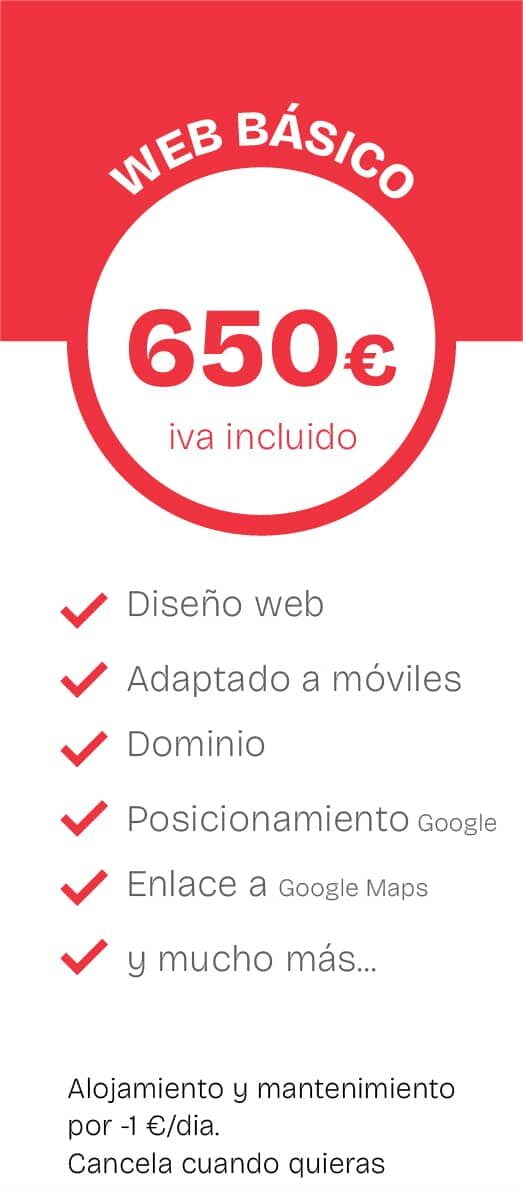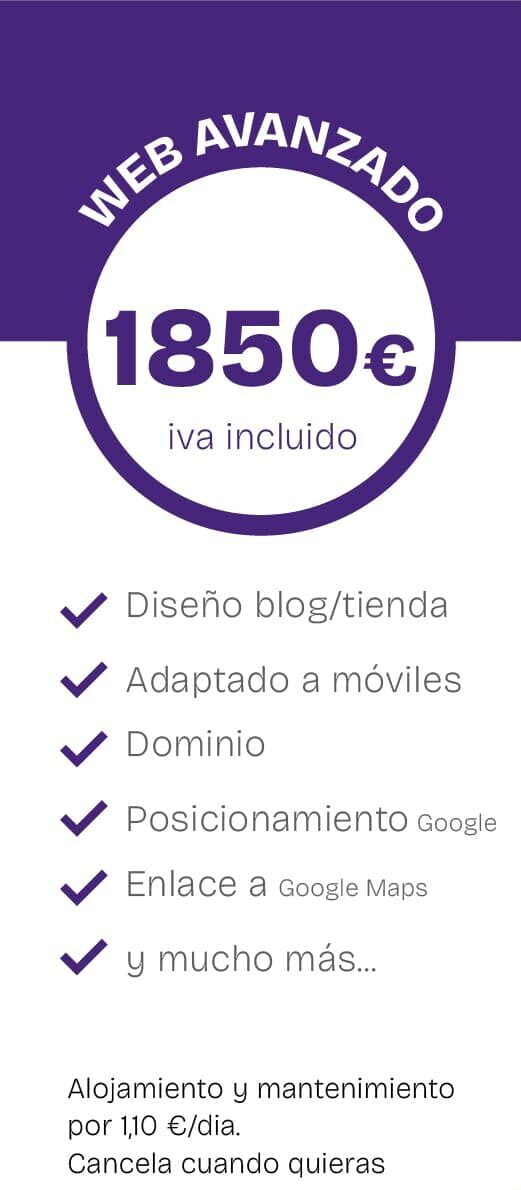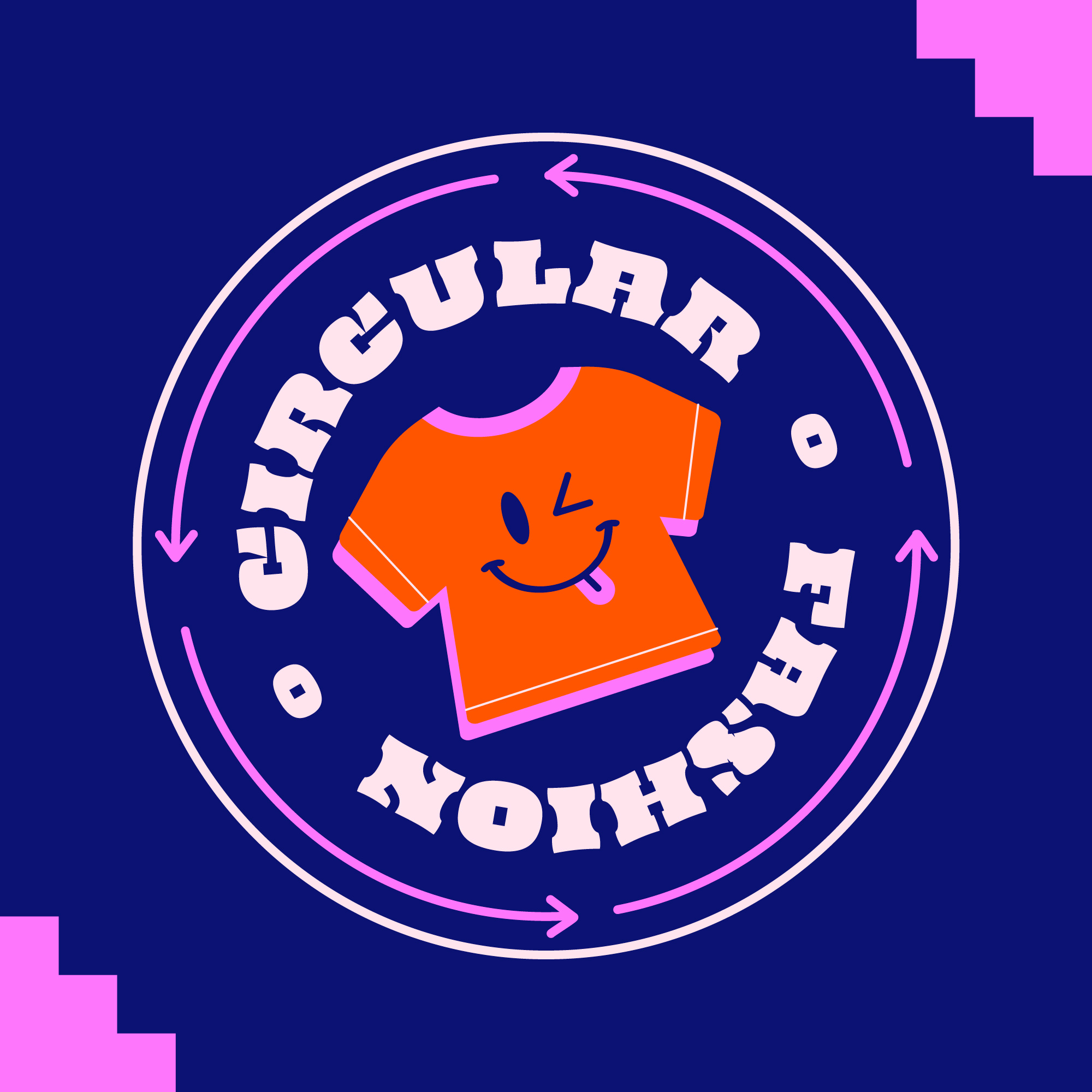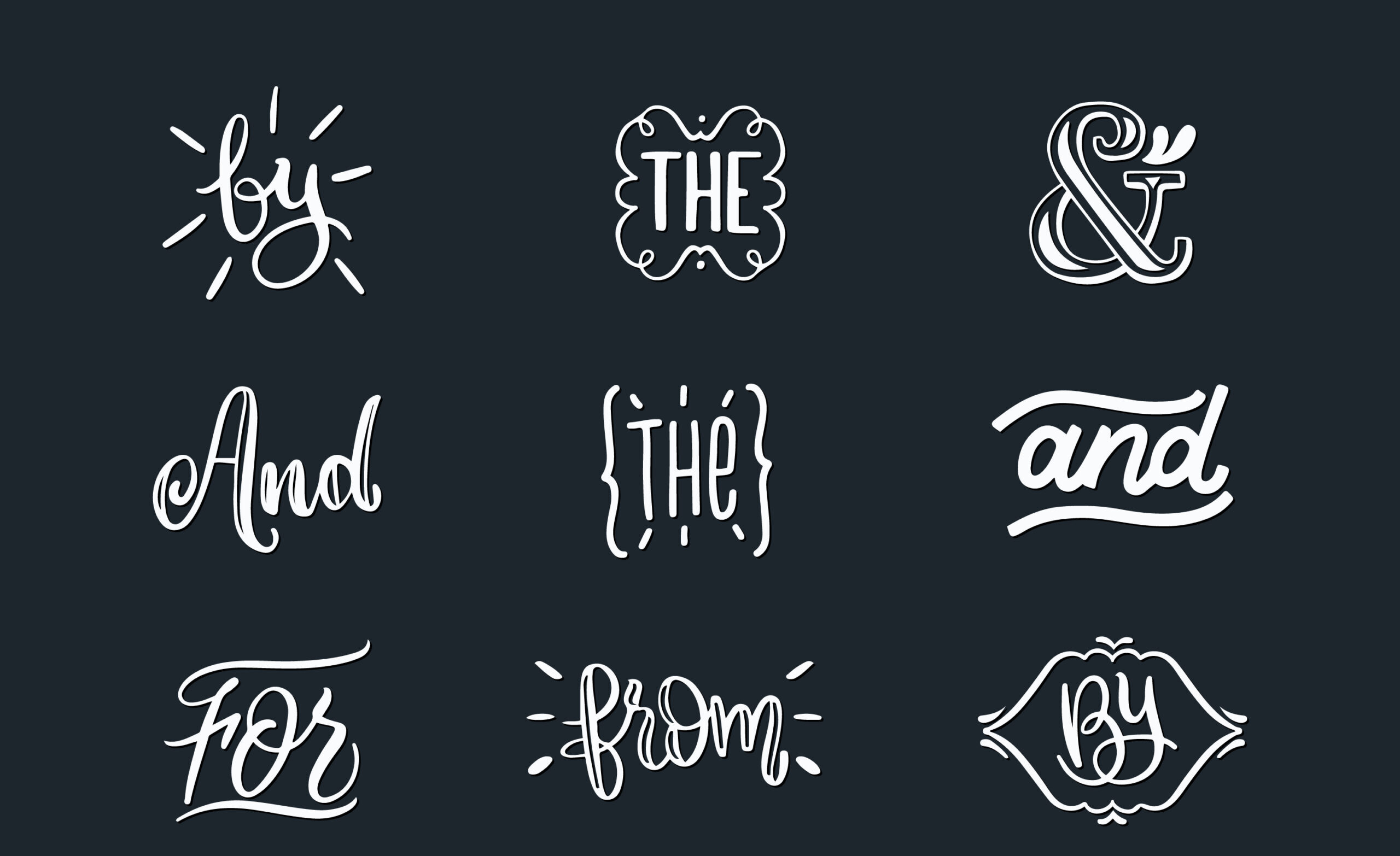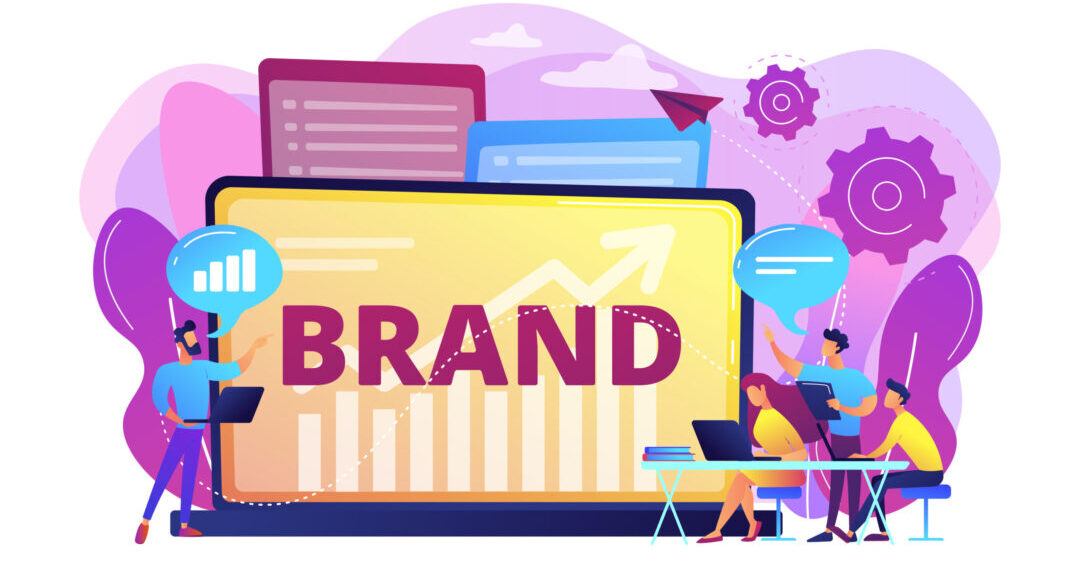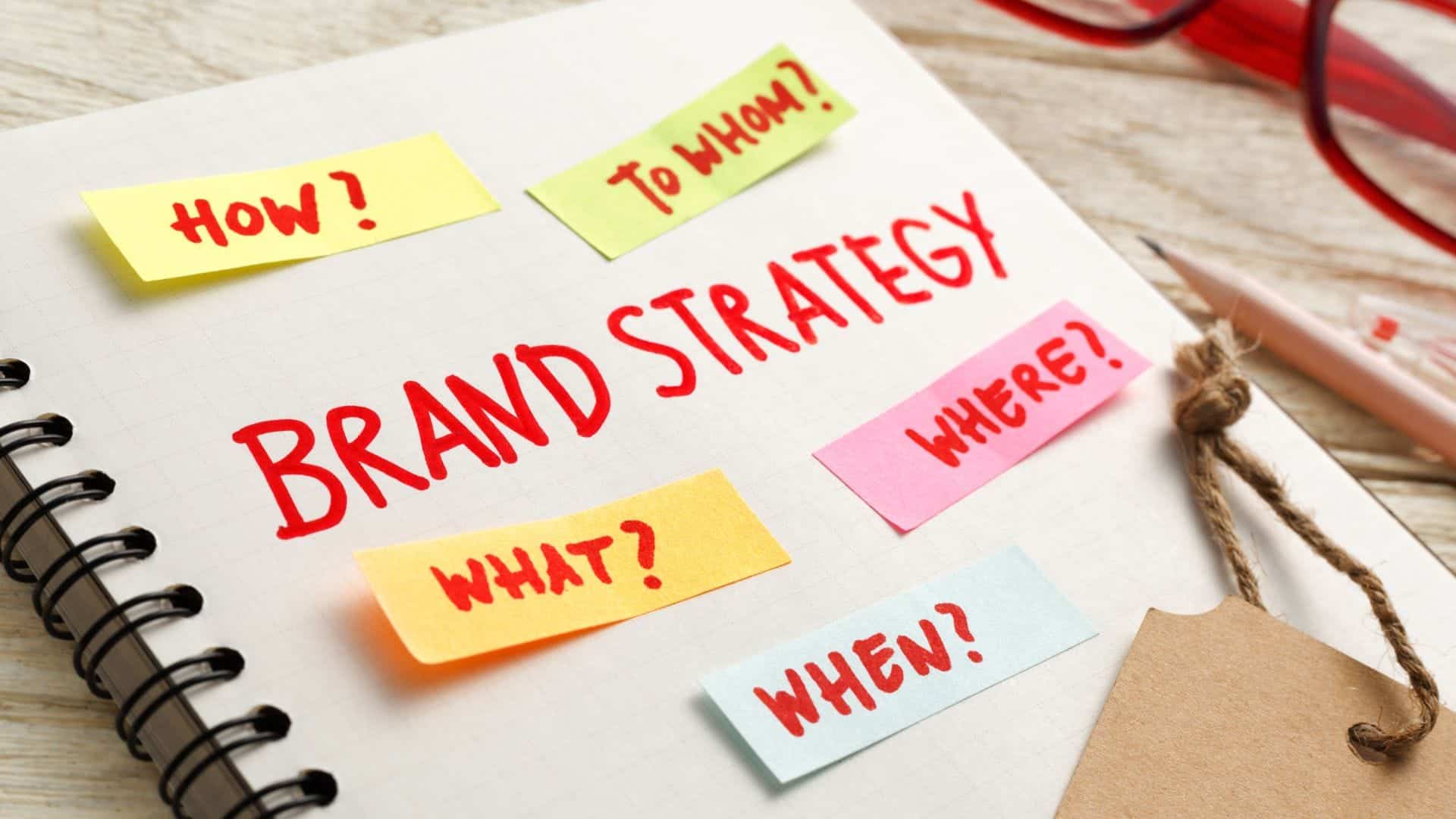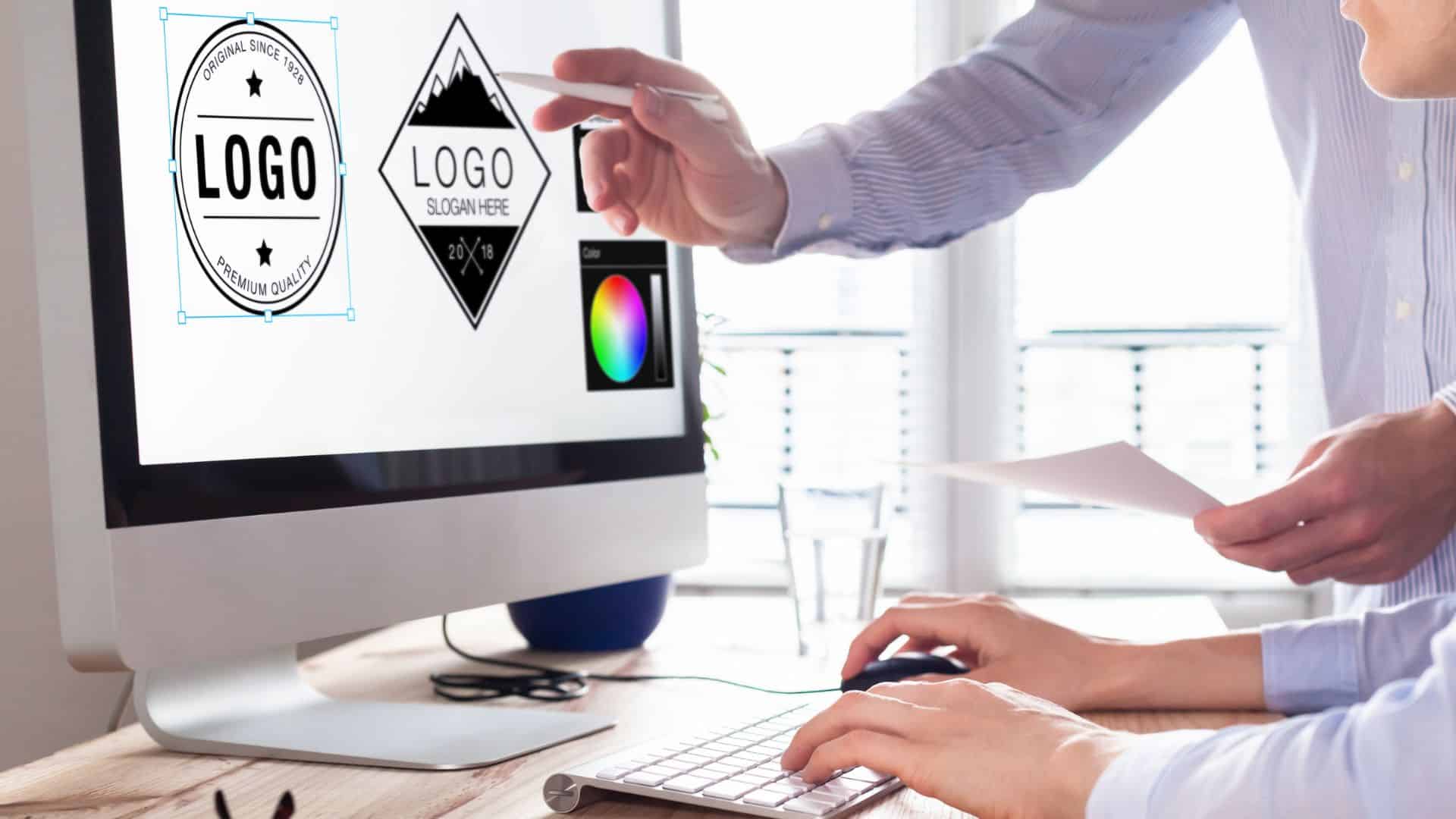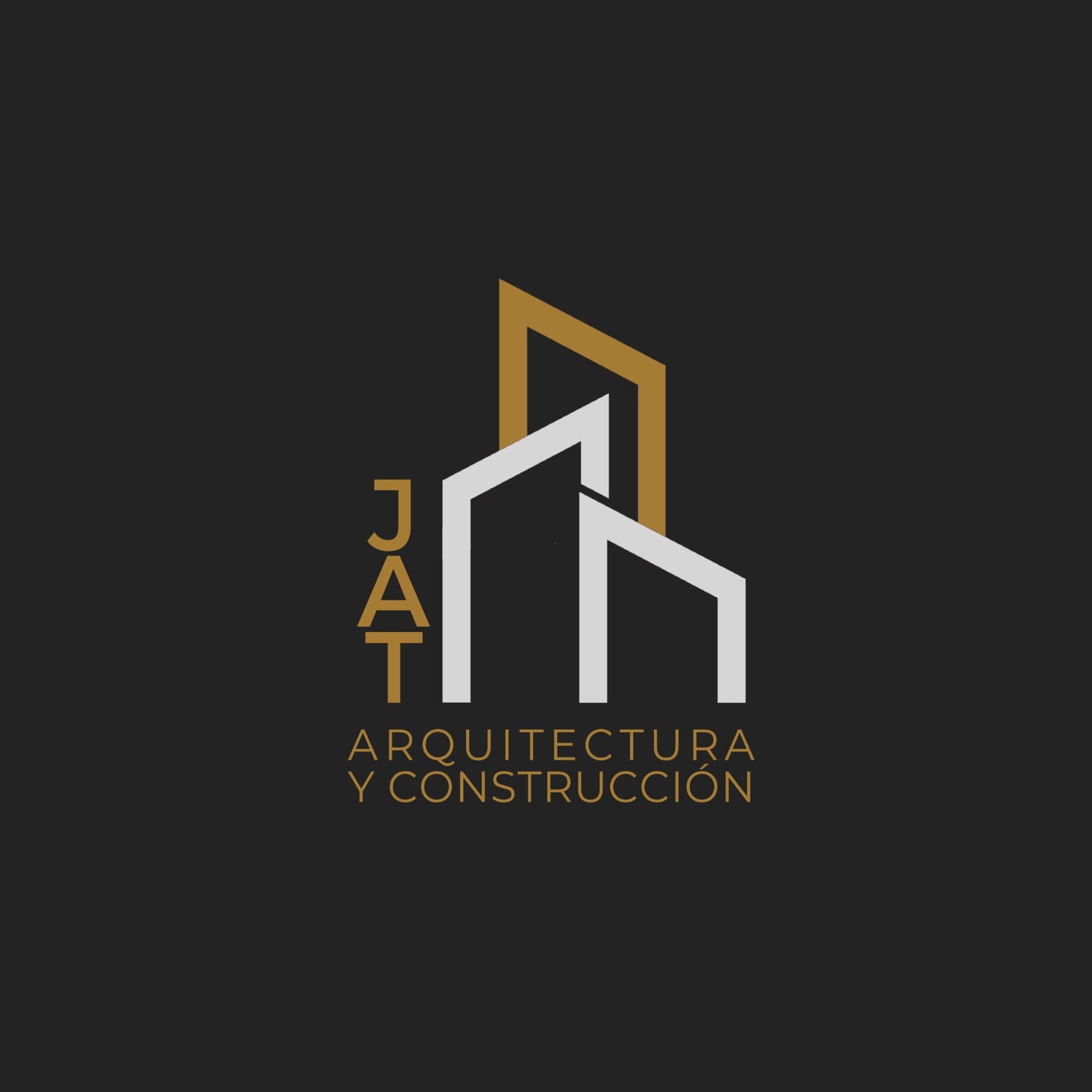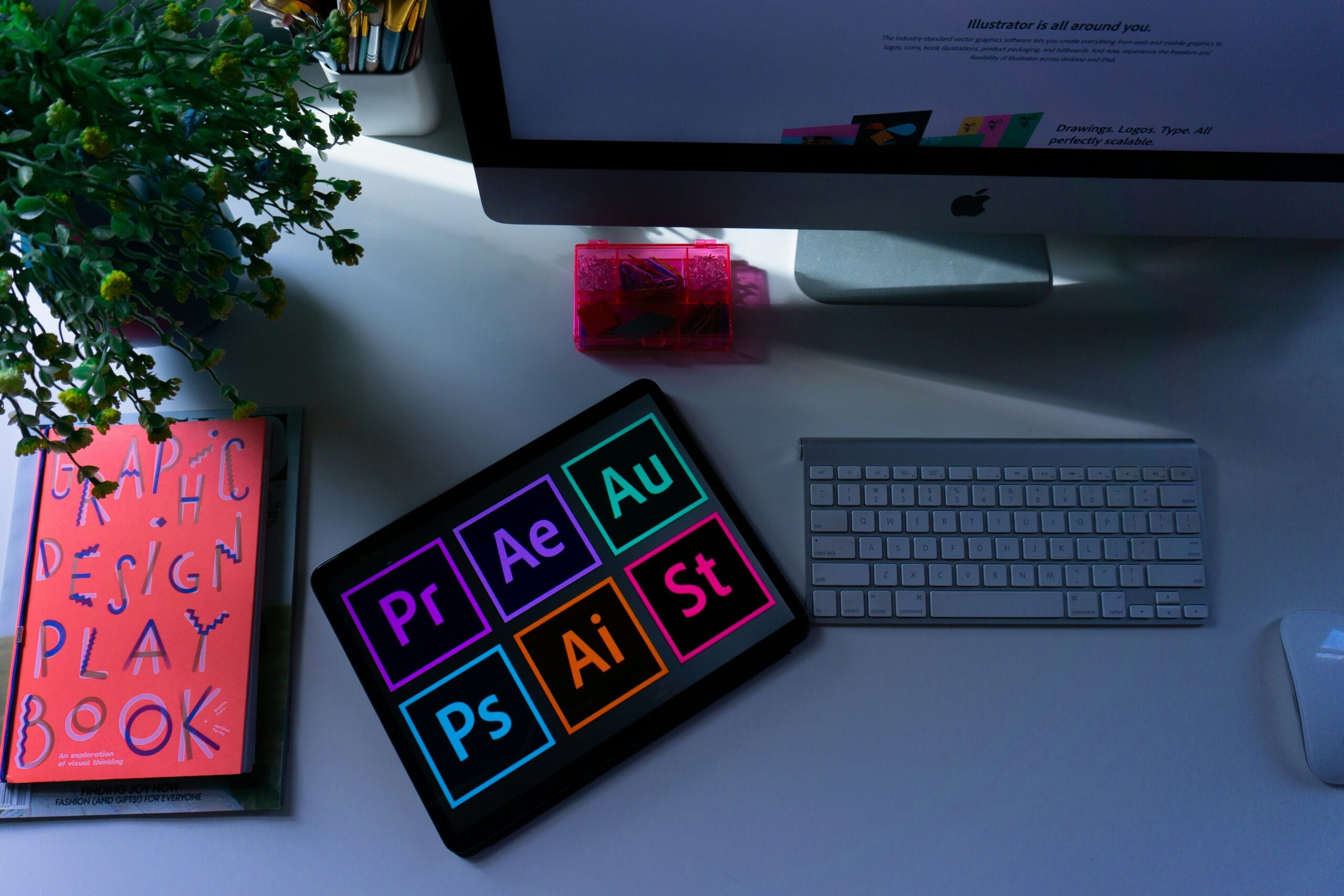Professional website design is essential for any business’s online presence. A well-designed site influences brand perception and can determine success in today’s competitive digital environment. There are several key elements to consider throughout this process. Responsiveness, loading speed, and SEO optimization are crucial for delivering a positive user experience and achieving business goals.
The Importance of Professional Web Design
Professional web design is a fundamental part of any company’s marketing strategy. A well-crafted website directly impacts how users perceive a brand and its products or services.
Impact on Brand Perception
An attractive and functional website builds trust among users. Perceived quality is often associated with visual presentation and ease of navigation. Elements such as:
These contribute to a positive image that can influence purchase decisions. On the other hand, a poor website experience may cause distrust and the loss of potential customers.
Business Benefits
Investing in a professional website brings multiple advantages, such as:
Increased web traffic through better search engine rankings
Higher conversion rates thanks to enhanced user experience
Reduced bounce rate, encouraging users to stay longer
All of this translates into more sales and better market positioning. Web design becomes a strategic tool for business growth.
Key Elements of Web Design
These elements are essential to ensure optimal performance and user satisfaction:
Responsiveness and Usability
Responsiveness ensures your website displays correctly across all devices—desktops, tablets, and smartphones. Usability refers to how easily users can navigate and find what they need. Together, these reduce bounce rates and increase engagement.
Loading Speed
Fast load times are critical. A slow site can frustrate users, often leading them to abandon it. Strategies like image optimization, quality hosting, and efficient script management help boost performance.
Visual Aesthetics
The visual design of your site plays a key role in first impressions. Choosing the right colors, fonts, and graphics must align with your brand identity. A visually appealing site grabs attention and keeps visitors interested.
SEO Optimization
SEO is vital to increase visibility on search engines. A well-optimized design includes relevant keywords, proper meta descriptions, and clean URLs. These practices not only drive organic traffic but also help convert visitors into clients.
Website Creation Process
Several essential stages ensure a site that is both functional and visually effective:
Research and Planning
This first step defines the website’s goals, target audience, and client-specific needs. It includes market and competitor analysis, along with keyword research for SEO. A clear roadmap guides the development process.
Platform and Tool Selection
Choosing the right platform is crucial. CMS options like WordPress, Joomla, or Drupal offer different features. Consider ease of use, flexibility, and cost.
Design and Development
Once objectives are clear and tools selected, the design and development phases begin.
Wireframes and Prototypes
Visual mockups are created to outline the site structure. Design tools help generate prototypes aligned with the project’s strategic goals.
Coding and Development
This stage involves coding the site using HTML, CSS, JavaScript, and more. It includes feature integration and responsive layout adjustments.
Testing and Final Adjustments
Before launch, the site is tested across browsers and devices. Load time, usability, and security are reviewed and refined as needed.
Costs and Factors to Consider
Professional web design investment varies. Consider these key cost drivers:
Custom Design vs. Templates
Custom Design: Delivers a unique result tailored to your brand but usually costs more due to customization and development time.
Templates: More affordable and faster to implement but may lack originality.
Additional Features
Adding features like eCommerce or CRM systems increases costs. It’s important to define essential functionality, as every extra feature adds time and budget.
Ongoing Services and Maintenance
Design doesn’t end at launch. Maintenance and updates are necessary:
Tools and Technologies Used
Professional website development requires a set of tools and technologies that ensure proper functionality and design.
Common Programming Languages
HTML5: Defines website structure and supports rich media
CSS3: Handles visual styling
JavaScript: Adds interactivity and responsiveness
PHP: Commonly used on the backend for databases and dynamic features
Content Management Systems (CMS)
WordPress: Flexible and user-friendly, suitable for most websites
Joomla: Offers advanced customization for more technical users
Drupal: Ideal for large-scale projects with complex needs
User Experience in Web Design
User Experience (UX) defines how visitors interact with your site. It greatly affects satisfaction and conversion rates.
Intuitive Navigation
Clear menus, visible links, and breadcrumb navigation help users find what they need quickly. Good navigation reduces frustration and boosts engagement.
Attractive and Relevant Content
Great content is essential. It should be:
Relevant to your audience
Visually engaging with images and graphics
Well-structured for easy reading
Strong content encourages interaction and builds trust.
Website Security
Security is crucial for protecting both user and business data.
SSL Certificate and Data Encryption
An SSL certificate encrypts data exchanged between user and server, ensuring:
Secure transmission of passwords and credit card info
Authentication of the website’s identity
A trust signal for users and a positive ranking factor for Google
Fraud Prevention and Cybersecurity
Fraud prevention strategies include:
Monitoring tools to detect unusual traffic
Intrusion detection systems to block unauthorized access
Regular security audits to fix vulnerabilities
Future Trends in Web Design
Web design is constantly evolving. Here are key trends shaping the future:
Artificial Intelligence Integration
AI enables more dynamic and personalized experiences, such as:
Chatbots for real-time customer support
User behavior analysis for content personalization
A/B testing and automatic layout optimization
Augmented Reality and Interactive Experiences
AR is changing how users interact with websites by:
These innovations make websites more engaging and memorable.


